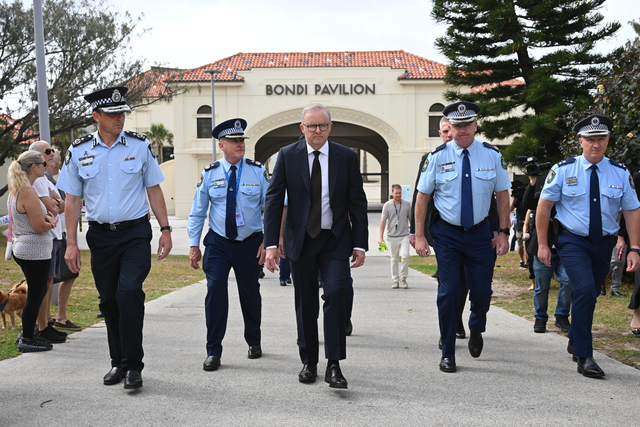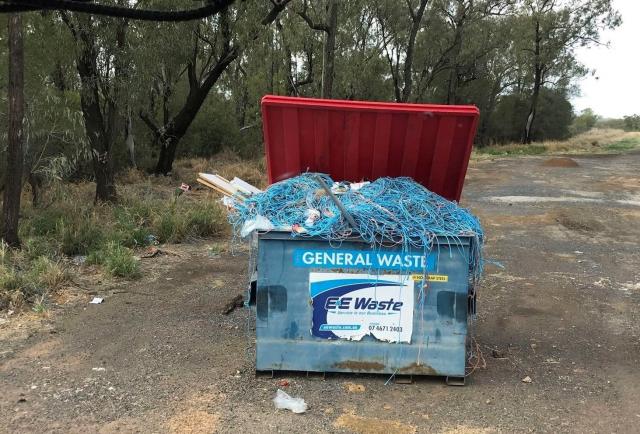The future of renewable energy is a promising but complicated landscape as charging stations for electric vehicles (EV) begin operation across the Yarra Ranges.
An EV station waiting to be connected to the power grid sits wrapped in plastic at River Street, Healesville and residents are concerned about the charging station’s placement for a number of reasons.
The 50-kilowatt charging station is one of three located in Healesville, Belgrave and Yarra Junction and they are set to be live by the end of July.
John Anwin from Healesville Action Group (HAG) said the group has been curious as to the site placement of the charger.
“I can confirm that that area last flooded in October 2022,” he said.
Garry Christie, owner of the Fluid Lounge Bar, which has River Street to the rear of his business said he was initially quite confused when he saw the works being done in the area.
“I’m quite familiar with where it’s plugged in,” he said.
“They didn’t dig down and they’ve put the concrete pad at ground level…they just built it up. It’s because it’s cheaper to do it that way…then they’ve just put topsoil around to feather off the edges.”
Mr Christie said he recently contacted Yarra Ranges Council to inform them that the area floods regularly and to express concerns about the way the concrete pad housing the EV station had been built.
The council returned his call on 4 July.
“Someone from council later rang me to inform me it was an Evie charging station and that the council were doing things to facilitate getting charging stations put in areas where there was some distance between charge points,” he said.
Mr Christie said he is concerned that the council is involved in these kinds of commercial interests.
“If there’ll be more and more electric vehicles, and there’ll be less and fewer petrol vehicles, the petrol stations, they’ll likely have electric charging stations there,” he said.
Evie Networks own the charging stations in question, which have been rolled out as part of the state government’s “Destination charging across Victoria” program.
Ed Lynch-Bell Head of emerging technology at Evie Networks said that the EV charger is not live yet, but has safety features installed for instances when water levels rise around the unit.
“It (the site) is raised up, but if the water level has risen above a sensor in the unit it instantly shuts down,” he said.
Mr Lynch-Bell said Evie places chargers in places where owners will want to be and that the company worked closely with the Yarra Ranges Council to select the site.
“People build charging into their daily life and when we look for a site we look for somewhere that people want to be, we want people to be able to go and use the local shops,” he said.
Director of Planning and Sustainable Futures, Kath McClusky from Yarra Ranges Council said that the locations are carefully considered for EV chargers.
“The Healesville EV charger is also in a location that allows EV towing caravans to charge, with easy access to shops and cafes to boost tourism – while also being in an area with an abundance of parking,” she said.
Ms McClusky said that the placement in Healesville has good drainage surrounding, and the charger itself has three levels of fault protection should there be an unforeseen flooding event or other issue.
“We are not anticipating flooding to regularly impact this charger because of its location and height. We look forward to switching on this and other new chargers locally at the end of July,” she said.
Mr Lynch-Bell said Evie also monitors their stations in flooding events and proactively shuts them down.
“We had a few units in the Murray Darling area when that flooded,” he said.
“More EV chargers will encourage electric vehicle users to stop in the Yarra Ranges and support locals switching to electric vehicles, all while using 100% renewable energy,” Ms McClusky said.
Ms McClusky said that Evie Networks advised council that there are three levels of fault protection both internal and external to the units.
“This includes the Under Voltage Relay (UVR) mechanism in place for the Distribution Network Service Provider (DNSP) grid protection. The unit’s protection measures and upstream to the grid reduce any downtime associated with an unforeseen event,” she said.
Mr Christie said that allocating parking based spaces, and the use of Council nature strips for commercial enterprises to make money will not bring direct benefits to the community.
“I get the concept of it, going electric and all of that but the area floods, the concrete slab is too high – was there no foresight in the planning?” he said.
Mr Anwin said that HAG agrees that while the council should support local businesses, this installation is for a commercial business and is located on council land.
“We hope that there is a lease in place, or a fee payable to the council for the use of the area, after all, the council charges local shops a fee for the use of footpath space for signboards and seating for food premises,” he said.
“We also noted that signage banning parking for other than EV vehicles in the spaces adjacent to the installation was in place, even though the facility was not in operation.”
Ms McClusky said that the locations are carefully considered for EV chargers.
“They are balancing accessibility and proximity to local shops and amenities for economic benefit to communities, and ensuring the locations are fit-for-purpose for users and in turn, the wider community,” she said.









